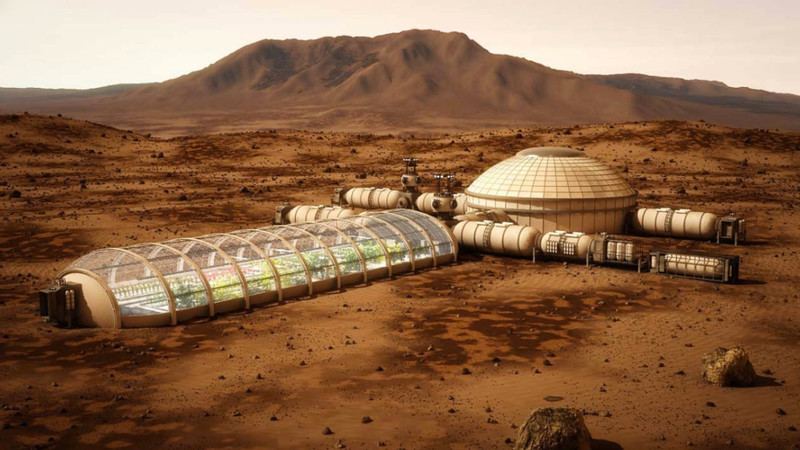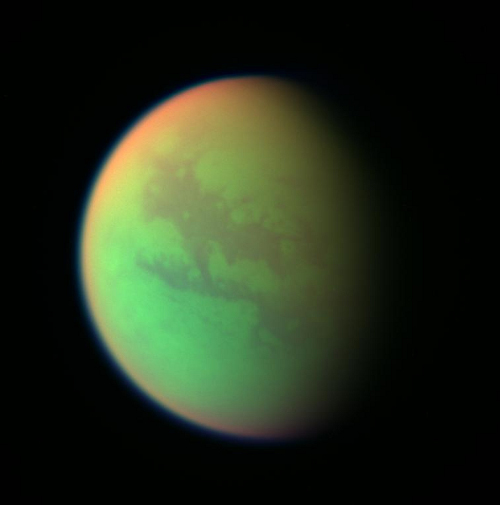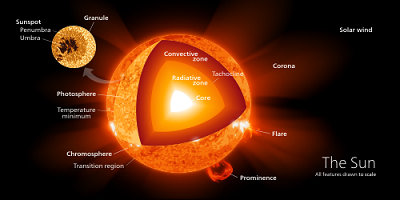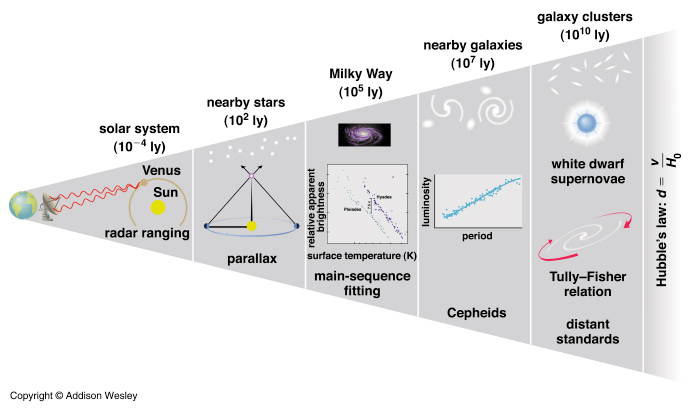
Just last month, Elon Musk’s SpaceX used the worlds most powerful rocket, Falcon Heavy, to launch his personal red Tesla roadster into space, racing towards Mars. With a spacesuit-wearing dummy named ‘Starman’ at the wheel, the car is predicted to enter Mars’ orbit sometime in July, before exiting soon after. While Musk claims the purpose of this particularly launch was to ‘inspire humanity’, he has set a goal of having SpaceX flying people to Mars by 2024. These recent events have once again brought about the age-old curiosity of whether Mars can support human life.
While a journey to Mars could be accomplished in as little as 260 days, when the planet is at its closest point to Earth, there are many factors needing to be considered for the environment to be deemed livable for humans. For one thing, the planet’s air is mostly carbon dioxide and the level of gravity on Mar’s is only 38% of that of Earth’s. On top of this, the atmosphere is about 100 times thinner than Earth’s, which makes it far more difficult to trap heat energy. This has led to an average temperature on the planet of roughly -60˚C. The air pressure is also significantly lower than is found even on the peak of Mount Everest. While these conditions may appear disconcerting, and a huge obstacle for any sort of human habitat on Mars, scientists have put much thought into ways around it. In fact just a couple of years ago, six companies began designing and creating possible habitat prototypes to sustain human life on the red planet.
For these habitats to prove successful, they have to overcome the perilous Mars conditions. This is not an impossible feat however, as in the same way that the various space stations orbiting Earth are sustaining life, scientists are confident in creating self sustaining habitats on Mars as well. To do so, they must ensure these environments are tightly sealed from the thin atmosphere, as well as sufficiently pressurized to mimic Earth conditions. Systems would also need to be utilized to collect solar energy to power the habitat. Another must for a sustainable habitat is a steady source of food and medical supplies, meaning scientists will have to find ways to grow produce in the low-sunlight and low-atmospheric conditions. For produce, plants can be protected from the tough conditions using pressurized green houses, as used on Earth. Farms can even be pressurized with the abundant carbon dioxide source found on the planet. The soil will need to be detoxified, however, to allow plants to receive their necessary minerals. Water is also a necessity, and so people would need to utilize the water found on Mars’ polar ice caps. In terms of medicinal resources, artificial leaves made out of silicon have been invented to convert minimal amounts of sunlight into chemical reactions that power the creation of pharmaceutical and agricultural products.
While technology is not advanced enough yet to allow for entire human colonies to brave the Mars elements, it is seeming increasingly feasible for the creation of sustainable habitats for communities of scientists. While conditions will be very tough at first, creating a working environment for scientists would be the first step towards the realization of dreams held by those such as Elon Musk. The dream of humans stepping foot on Mars.















